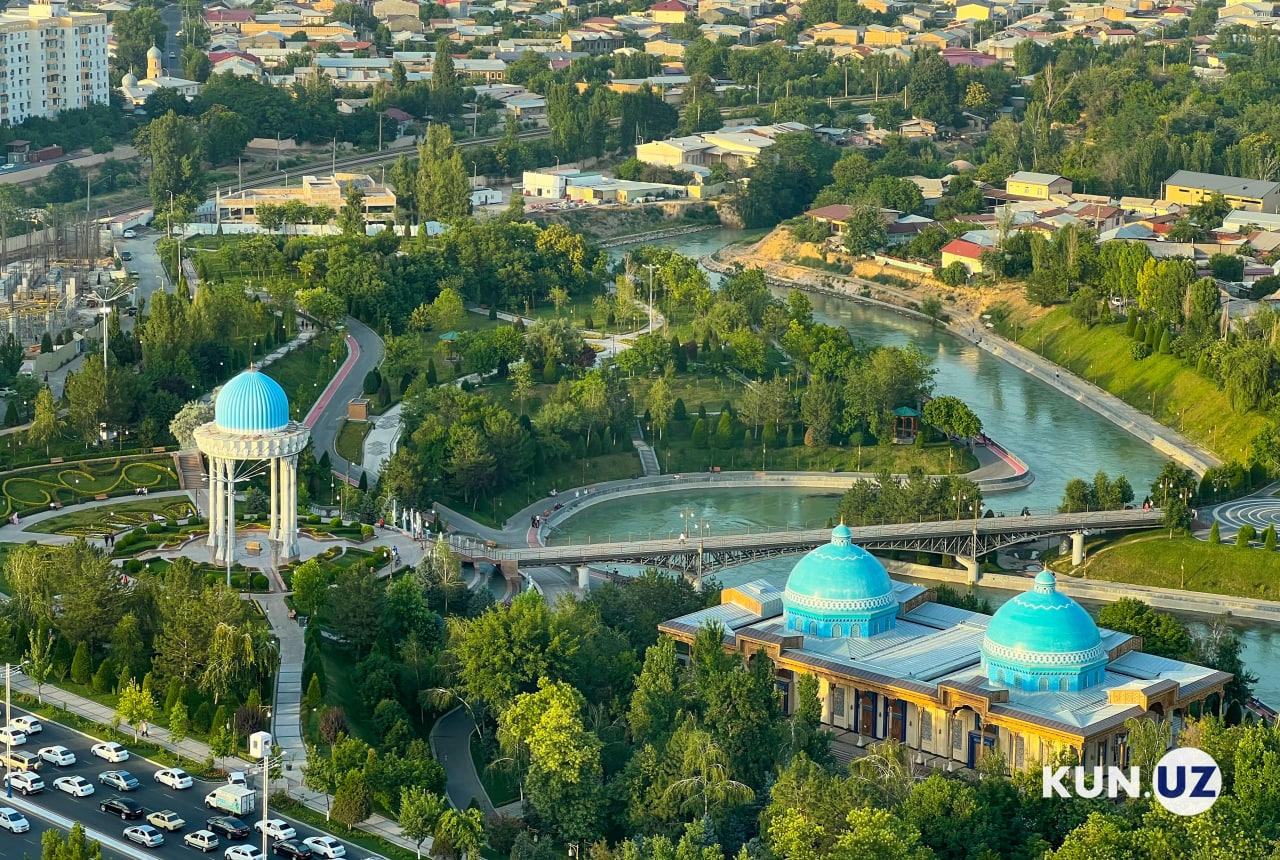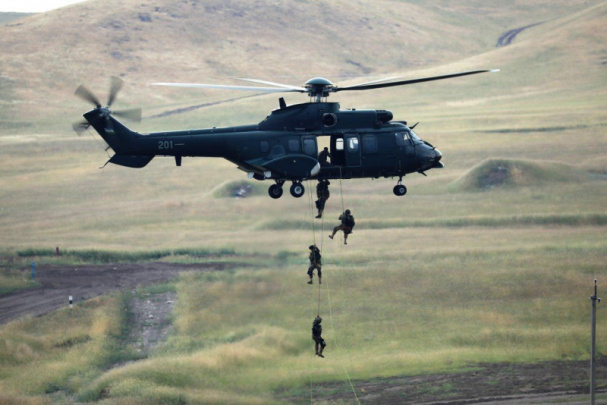The next positions in the ranking were taken by Samarkand with 61.13 points and Navoi with 59.5 points, ranking 2nd and 3rd, respectively.
The ranking of environmentally sustainable cities was created by studying the regions in seven areas: air quality, land use, transportation, water, waste, sanitation, and energy. In the end, the overall rating results were calculated. Despite showing the worst overall rating, the city of Nurafshon in Tashkent region was found to have the cleanest air.
Samarkand and Urgench took second and third places, respectively, in terms of air quality. Termiz was noted for having the worst air quality.
In land use analysis, Samarkand, Karshi, and Namangan scored the highest points. The lowest scores in this area were attributed to Nukus and Navoi. The land use rating was based on criteria such as the amount of green spaces, parks, and gardens per capita, population density, and the extent of heavy industry in the city.
It is particularly noteworthy that, unlike other areas, the level of land use in most of the republic's cities was found to be very poor.
In the transport sector, the number of vehicles per capita, the city's transport strategy, and the resolution of traffic congestion were studied. Andijan, Karshi, and Nukus were included in the top three cities. Tashkent was found to have the worst organized transport.
The fourth area of the ranking covered the amount of water per capita, the amount wasted, city standards for improving water, and measures for using wastewater. The cities of Termiz, Andijan, and Namangan were noted for relatively good water management.
In terms of waste collection, disposal, and recycling, Nukus was the best with 8.59 points. The worst situation was in Bukhara, where waste collection and its environmental impact mitigation efforts were rated at 0 points.
The sixth area of the study was sanitation, which examined the population's awareness of sanitation rules, the level of connection to the sewer system, and the use of adequate toilets. In this area, the capital ranked highest, followed by Navoi and Jizzakh.
The final area involved analyzing energy and CO2 in the city. This included the average annual energy consumption per capita and the city's strategy to reduce carbon emissions due to energy use. Navoi, Bukhara, and Termez were in the top three in this area. The score for Nurafshon in this category was 0 points.






